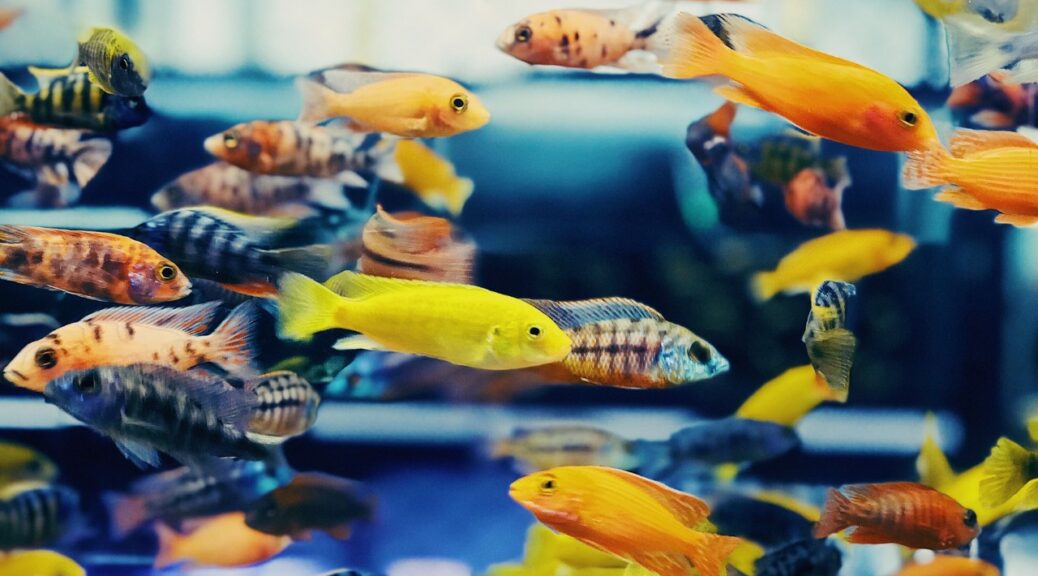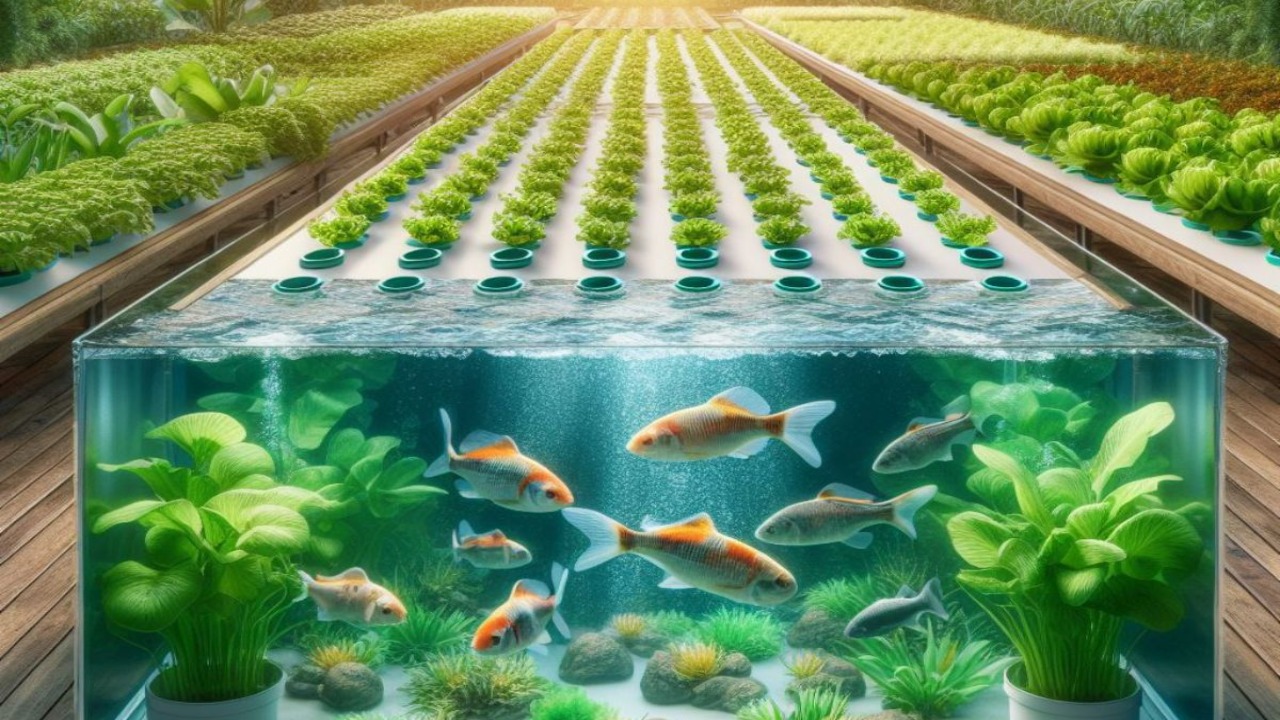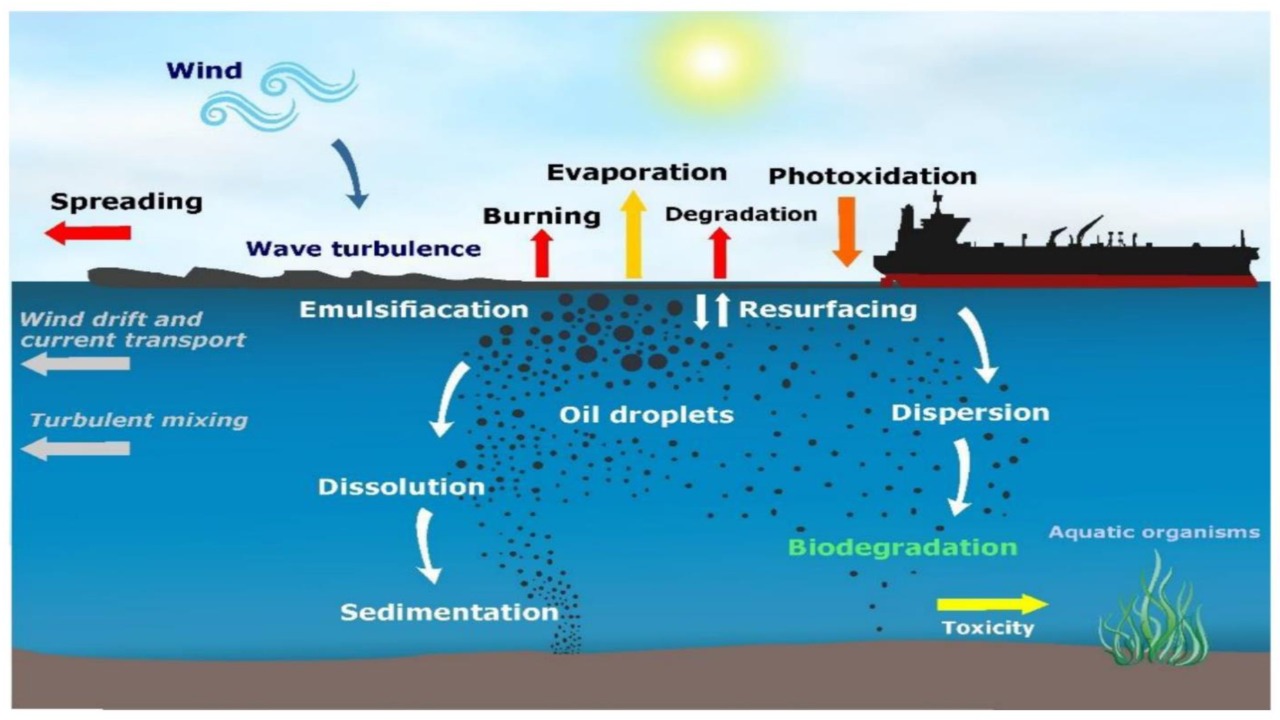
Creative Ways to Repurpose Fish Poop in Sustainable Practices
In the quest for sustainable practices, innovators and environmentalists are constantly exploring unconventional avenues to maximize resources and minimize waste. One such uncharted territory is the world of aquaculture, where the humble fish poop, often dismissed as a mere byproduct, is emerging as a valuable resource. Venturing into the realm of aquaculture innovation, using a fish poop chart has become vital in deciphering the intricate dynamics of nutrient-rich waste produced by aquatic life. In this unexplored frontier, the overlooked potential of fish excrement is highlighted as the chart guides us toward sustainable solutions, turning what was once dismissed into a cornerstone for eco-friendly practices. As we strive to build a more sustainable future, here are five creative ways to repurpose fish poop and turn it into a cornerstone of eco-friendly practices.
Aquaponics: A Symbiotic Dance of Fish and Plants

Aquaponics represents a pioneering technique that integrates aquaculture (fish farming) with hydroponics (plant cultivation without soil). In this closed-loop system, fish waste, rich in nutrients like nitrogen and phosphorus, serves as a natural fertilizer for plants. The fish excrete ammonia, which bacteria convert into nitrites and then nitrates – essential nutrients for plant growth. These nutrient-rich waters are then circulated to nourish the plants, while the plants, in turn, filter the water that returns to the fish tanks. This symbiotic relationship not only reduces the need for external fertilizers but also conserves water by recycling it within the system.
Fish Waste as a Source of Renewable Energy
Beyond its role in agriculture, fish poop can be a potent source of renewable energy. Anaerobic digestion, a biological process that breaks down organic matter in the absence of oxygen, can be harnessed to convert fish waste into biogas. Methane, the primary component of biogas, can be used as a clean and sustainable energy source for heating, electricity generation, or even as a biofuel for vehicles. This inventive method addresses not only the challenge of disposing of waste in aquaculture but also plays a role in mitigating greenhouse gas emissions. It achieves this by capturing and harnessing methane that would otherwise be released into the atmosphere.
Fish Poop-derived Fertilizers for Sustainable Agriculture
Fish waste, teeming with essential nutrients, can be transformed into organic fertilizers that enrich soil and promote sustainable agriculture. Through a controlled composting process, fish waste can be combined with other organic materials, creating a nutrient-dense fertilizer that improves soil structure and fertility. This method not only diverts fish waste from traditional disposal methods but also reduces the dependence on synthetic fertilizers, which often come with environmental downsides such as nutrient runoff and soil degradation. The result is a closed-loop system that benefits both aquaculture and agriculture, fostering a more circular and sustainable approach to food production.
Fish Poop in Bioremediation: Cleaning Water Naturally

Fish poop, with its nutrient-rich composition, can be employed as a natural tool in bioremediation efforts. In polluted water bodies, the introduction of fish that produce copious amounts of waste can stimulate the growth of microorganisms that naturally break down pollutants. This process, known as bioremediation, can help cleanse water bodies by reducing the levels of contaminants. By strategically placing fish in polluted areas and allowing their waste to interact with the ecosystem, we can leverage nature’s own mechanisms to restore balance and improve water quality, presenting a sustainable alternative to conventional and often chemical-intensive remediation methods.
Fish Waste-derived Products: Turning Waste into Wealth
In the spirit of turning waste into wealth, fish poop can be processed into a range of valuable products. One such product is fish hydrolysate, a liquid fertilizer produced through the enzymatic or acidic hydrolysis of fish waste. This nutrient-rich solution contains essential elements like amino acids, proteins, and minerals, making it an excellent organic supplement for plant growth. Additionally, fish poop can be transformed into fishmeal, a protein-rich feed ingredient widely used in livestock and aquaculture. By extracting these valuable components from fish waste, we not only reduce environmental impact but also create economic opportunities for sustainable industries.
In the journey towards a more sustainable future, it is essential to explore unconventional solutions to age-old challenges. Repurposing fish poop is a prime example of how we can turn what was once considered waste into a valuable resource, benefiting agriculture, energy production, water remediation, and beyond. By adopting these creative approaches, we can not only minimize the environmental footprint of aquaculture but also contribute to the development of holistic, closed-loop systems that promote harmony between human activities and the natural world.